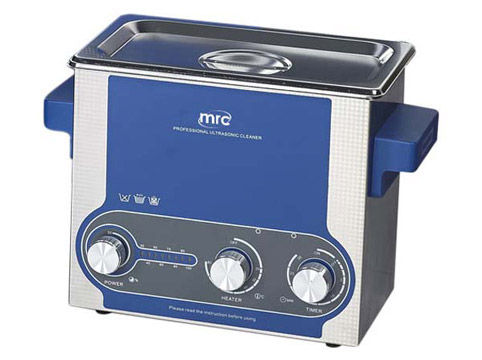Ultrasonic cleaners have become a popular tool for cleaning jewelry due to their effectiveness and convenience. The process involves using high-frequency sound waves to create tiny bubbles that remove dirt and grime from the jewelry's surface. However, not all types of jewelry can be safely cleaned in an ultrasonic cleaner. In this article, we will explore what types of jewelry are suitable for cleaning in an ultrasonic cleaner and how to do it properly.
Jewelry that can be cleaned using an ultrasonic cleaner
Gold Jewelry
Gold is a popular metal used in jewelry due to its durability and resistance to tarnish. It is safe to clean gold jewelry in an ultrasonic cleaner, but care must be taken if the jewelry contains gemstones or pearls. In such cases, it is essential to ensure that the stones are secure in their settings.
Diamond Jewelry
Diamonds are among the hardest gemstones and can be safely cleaned in an ultrasonic cleaner. However, it is vital to check for any loose stones or damage to the jewelry before cleaning.
Silver Jewelry
Silver is a soft metal that is prone to tarnish. Ultrasonic cleaning can help to remove tarnish and restore the jewelry's shine. However, care must be taken if the jewelry has gemstones or pearls, as the ultrasonic waves can cause damage.
Platinum Jewelry
Platinum is a durable and robust metal commonly used in engagement rings and other fine jewelry. It is safe to clean platinum jewelry, but caution should be taken if the jewelry contains gemstones or pearls.
Pearl Jewelry
Pearls are delicate and require gentle cleaning to avoid damage. It is generally not recommended to clean pearl jewelry in an ultrasonic cleaner, as the sound waves can damage the pearls' surface. Instead, it is best to clean pearl jewelry by hand using a mild soap solution.
Fashion Jewelry
Fashion jewelry, also known as costume jewelry, is made from non-precious materials such as base metals, glass, or plastic. It is generally safe to clean fashion jewelry in an ultrasonic cleaner, but care should be taken if the jewelry has glued-in stones or other fragile components.

Jewelry that should not be cleaned using an ultrasonic cleaner
Soft or porous stones
Soft or porous stones such as emeralds, opals, or pearls should not be cleaned using an ultrasonic cleaner. The sound waves can damage the surface of the stone, causing cracks, fractures, or discoloration.
Treated or coated stones
Treated or coated stones such as dyed or coated pearls, opals, or cubic zirconia should not be cleaned. The sound waves can damage the coating or treatment, resulting in discoloration or even complete removal of the coating.
Costume jewelry with glued-in stones
Costume jewelry with glued-in stones should not be cleaned using an ultrasonic cleaner. The sound waves can loosen the stones, causing them to fall out or become damaged.
How to clean jewelry using an ultrasonic cleaner
When cleaning , it is important to follow these steps:
Preparing the jewelry
Inspect the jewelry for any damage, loose stones, or dirt. If necessary, clean the jewelry using a mild soap solution and a soft-bristled brush. Dry the jewelry thoroughly.
Filling the ultrasonic cleaner
Fill with water and add a cleaning solution specifically designed for jewelry. Avoid using harsh chemicals or detergents that can damage the jewelry.
Setting up the cleaner
Place the jewelry in the ultrasonic cleaner's basket, making sure that the jewelry is not touching each other or the basket's sides. Make sure that the basket is completely immersed in the water and cleaning solution.
Using the ultrasonic cleaner
Set the ultrasonic cleaner to the appropriate setting for the type of jewelry being cleaned. Turn on the device and let it run for the recommended time.
Drying and polishing the jewelry
Remove the jewelry from the device and rinse it thoroughly with clean water. Dry the jewelry using a soft cloth or air dry. If necessary, polish the jewelry using a jewelry polishing cloth.